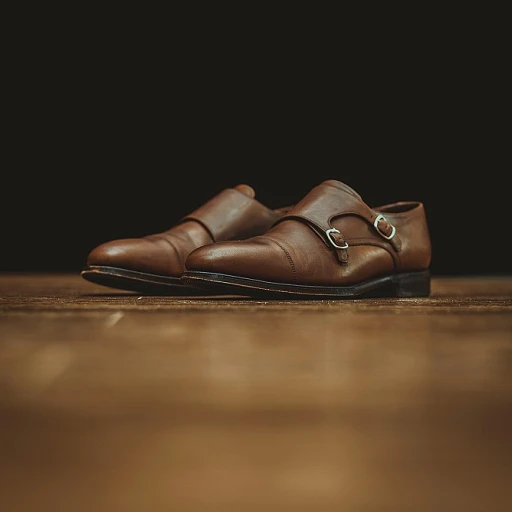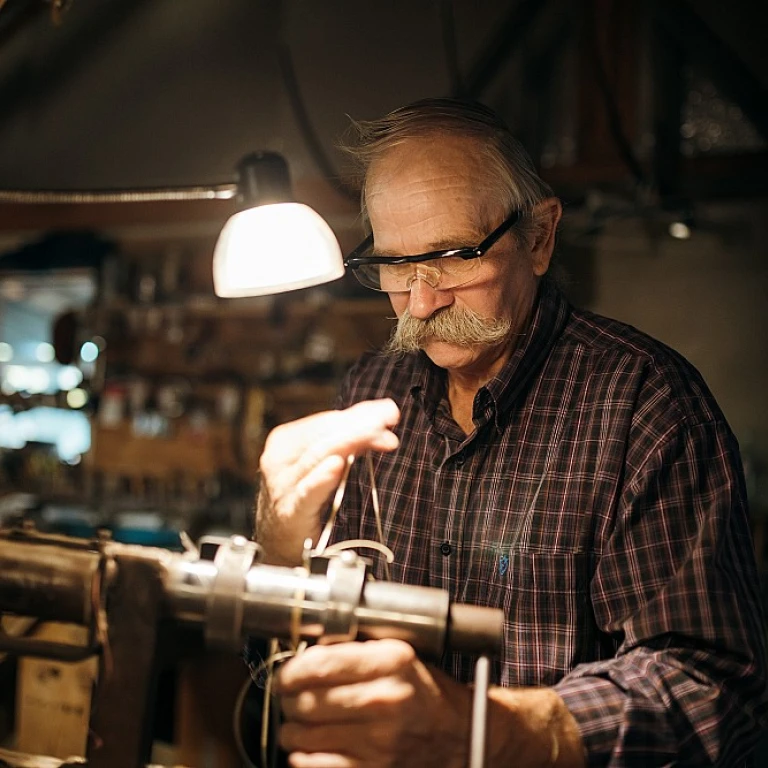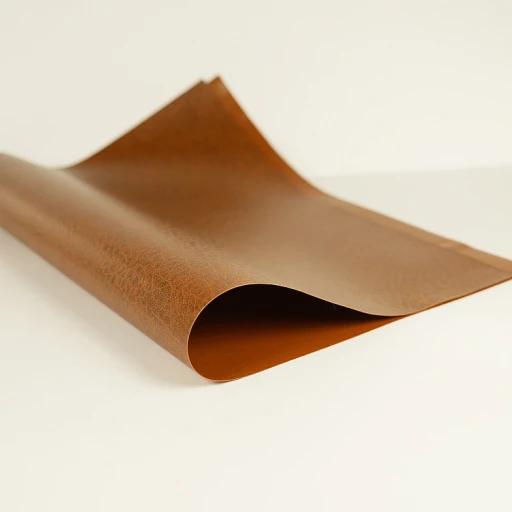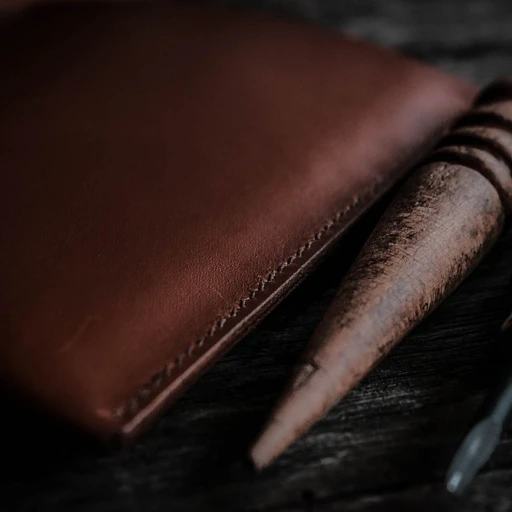
Why Should Every Luxury Leather Good Owner Care?
Imagine unwrapping a brand-new luxury leather item, feeling the smooth texture, smelling the rich aroma, and admiring the sophisticated design. It's intoxicating, right? Well, it's time to sober up a bit and think about the full cost of that beauty - the environmental footprint it leaves behind in its creation process. Don't worry, I won't deprive you of your beloved luxury, but it's time we faced the somewhat dirty, not so secret truth about leather production. It's akin to appreciating a delicious steak – much more satisfying when you know it's organic and free-range.
The Hidden Truth
Yes, luxury leather goods have a carbon footprint. It's no joke: Leather production is responsible for 25% of the carbon footprint of the global fashion industry. And, that's not even considering other environmental factors like water pollution from tanneries. Gulp! Not quite the stylish image you imagined, right?
Getting Down with the Process
In order to produce that fancy wallet or chic handbag, several stages are involved - like the hide preparation, tanning, and finishing. Each of these steps consumes significant energy and generates waste. For example, the tanning phase requires a large amount of water and chemicals, some toxic. And you thought your leather bag only needed occasional conditioning!
What Can We Do About It?
First off, don’t stop buying luxury leather goods. That’s not the solution we are looking for (relieved sighs all around). Instead, we can opt for brands that are conscious of their environmental footprint and taking steps to reduce it. How? By using natural tanning methods, reducing energy consumption, and recycling waste. RNA Co., for example, recycles 95% of its water usage in its tanning process – a stat that will definitely let you strut your leather bag with more pride.
The Future of Luxury Leather
Just like Bell Bottoms in the 70s, green is the new trend. More and more, luxury leather brands are embracing sustainability, and it's adding a glossy new coat to their appeal. So, next time you decide to splurge on a luxury leather item, dig a little, ask questions and choose wisely. You can enjoy the plush feel of that new leather accessory and pat yourself on the back for being environmentally conscious.
References
[1] Global Fashion Agenda and Boston Consulting Group. ‘Pulse of the Fashion Industry.’ (2017)[2] 'Sustainability - Water Recycle.' Rina Co. (2022)

-large-teaser.webp)

-large-teaser.webp)
-large-teaser.webp)
-large-teaser.webp)
-large-teaser.webp)

-large-teaser.webp)